Home>Home Appliances>Bathroom Appliances>How To Use A Water Flosser With Braces
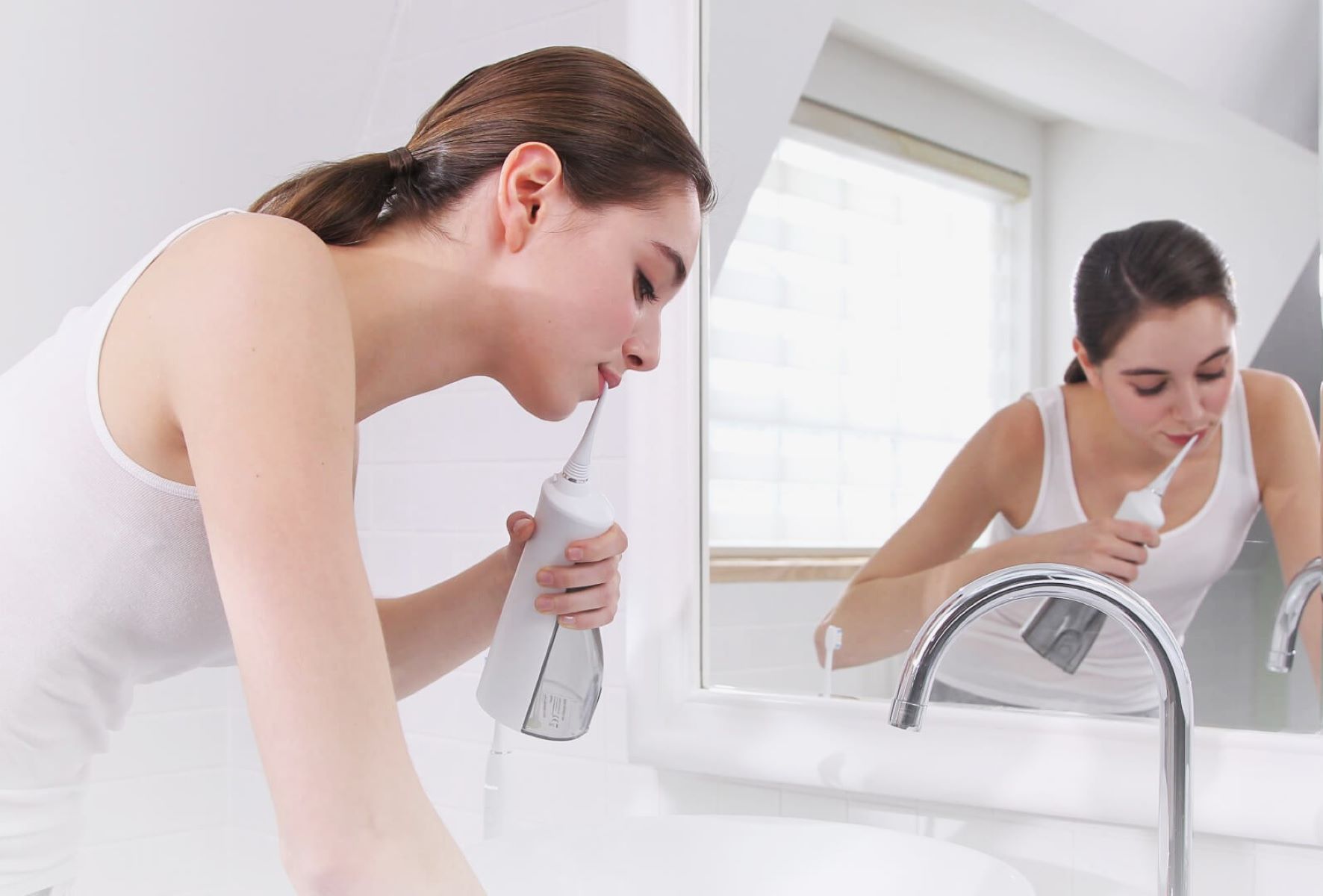

Bathroom Appliances
How To Use A Water Flosser With Braces
Modified: February 18, 2024
Learn how to effectively use a water flosser with braces for optimal oral hygiene. Discover tips and techniques for using this bathroom appliance.
(Many of the links in this article redirect to a specific reviewed product. Your purchase of these products through affiliate links helps to generate commission for Storables.com, at no extra cost. Learn more)
Introduction
Using a water flosser with braces can significantly improve oral hygiene and make the process of cleaning teeth and braces more effective and efficient. Braces, while essential for correcting dental misalignments, can create challenges when it comes to maintaining oral hygiene. Food particles and plaque tend to accumulate around the brackets and wires, making it difficult to clean with traditional brushing and flossing methods. This is where a water flosser comes in as a valuable tool for individuals with braces.
Water flossers, also known as oral irrigators, are devices that use a stream of pulsating water to remove food debris and plaque from between teeth, around braces, and along the gumline. They offer a gentle yet effective way to clean hard-to-reach areas, providing a thorough and refreshing oral hygiene experience. Whether you are new to braces or have been wearing them for a while, incorporating a water flosser into your oral care routine can make a noticeable difference in the health and cleanliness of your teeth and braces.
In this article, we will explore the benefits of using a water flosser with braces, provide a step-by-step guide on how to use a water flosser effectively, and offer tips for maintaining optimal oral hygiene while wearing braces. By the end of this article, you will have a comprehensive understanding of how a water flosser can complement your braces care routine and contribute to a healthier, happier smile. Let's dive in and discover the transformative potential of integrating a water flosser into your daily oral care regimen.
Key Takeaways:
- Water flossers are a game-changer for people with braces, making it easier to clean hard-to-reach areas and reducing the risk of tooth decay and gum disease.
- Using a water flosser with braces is like having a gentle, super-powered cleaning tool for your teeth, promoting fresher breath, healthier gums, and a brighter smile.
Read more: How To Use A Water Flosser
Benefits of Using a Water Flosser with Braces
-
Effective Plaque Removal: The pulsating water stream of a water flosser can reach areas that traditional flossing may miss, effectively removing plaque and food particles around braces. This helps prevent the buildup of plaque, reducing the risk of tooth decay and gum disease.
-
Gentle on Gums: Water flossers provide a gentle yet thorough cleaning experience, making them ideal for individuals with braces. The pulsating water stream is less likely to cause irritation or discomfort to sensitive gum tissues, promoting overall oral health and comfort during orthodontic treatment.
-
Enhanced Oral Hygiene: Using a water flosser with braces can significantly enhance oral hygiene by thoroughly cleaning hard-to-reach areas. This can contribute to fresher breath, healthier gums, and a reduced risk of dental issues commonly associated with wearing braces.
-
Convenience and Ease of Use: Water flossers are easy to use and can be particularly convenient for individuals with braces. The adjustable pressure settings and specialized orthodontic tips make it simple to customize the cleaning experience, ensuring effective plaque removal without causing damage to braces or wires.
-
Reduced Risk of Staining: Braces can make it challenging to maintain a bright, stain-free smile. A water flosser can help remove food particles and plaque that may contribute to discoloration, supporting a brighter and more vibrant smile throughout orthodontic treatment.
-
Complementary to Brushing: While brushing is essential, a water flosser offers an additional layer of cleaning that can complement the brushing routine. This comprehensive approach to oral care can lead to improved overall dental health and a cleaner, more comfortable experience for individuals with braces.
-
Promotes Compliance with Oral Care: The ease of use and effectiveness of a water flosser can encourage individuals, especially those with braces, to maintain consistent oral care habits. This can lead to better compliance with oral hygiene routines, ultimately supporting the success of orthodontic treatment.
Incorporating a water flosser into your daily oral care routine while wearing braces can offer a multitude of benefits, contributing to improved oral health, comfort, and confidence throughout the orthodontic journey.
Step-by-Step Guide on How to Use a Water Flosser with Braces
Using a water flosser with braces involves a systematic approach to ensure thorough cleaning and optimal oral hygiene. Follow these step-by-step instructions to effectively use a water flosser while wearing braces:
-
Prepare the Water Flosser: Fill the reservoir of the water flosser with lukewarm water. Some models may allow the addition of mouthwash or antibacterial rinse for an extra layer of cleanliness. Ensure that the flosser is securely placed on a stable surface to prevent any accidental spills during use.
-
Select the Orthodontic Tip: Most water flossers come with specialized orthodontic tips designed specifically for individuals with braces. Choose the orthodontic tip and securely attach it to the handle of the water flosser. These tips are designed to effectively clean around braces and wires without causing damage.
-
Adjust the Pressure Settings: Many water flossers offer adjustable pressure settings to customize the cleaning experience. For individuals with braces, it is recommended to start with a lower pressure setting to avoid discomfort or damage to the orthodontic appliances. Gradually increase the pressure as needed while ensuring a comfortable yet effective cleaning process.
-
Position and Angle the Tip: Hold the water flosser handle at a 90-degree angle to the teeth and braces. Begin with the back teeth and work your way towards the front, ensuring that the tip of the flosser is aimed at the gumline and between the teeth and braces. Maintain a steady and controlled motion to thoroughly clean each area.
-
Pulsate and Clean: Activate the water flosser to initiate the pulsating water stream. Starting from the gumline, gently guide the tip along the brackets, wires, and between the teeth. Allow the pulsating water to dislodge food particles and plaque, paying special attention to areas where debris tends to accumulate around the braces.
-
Move Methodically: Work systematically around the entire mouth, focusing on each tooth and bracket. Take your time to ensure comprehensive cleaning, especially in areas that are harder to reach with traditional flossing methods. Continue pulsating and cleaning until all areas around the braces and teeth feel thoroughly cleansed.
-
Rinse and Refill as Needed: If necessary, refill the reservoir with water or rinse to complete the cleaning process. Once finished, thoroughly rinse your mouth to remove any loosened debris. Empty the remaining water from the reservoir and clean the flosser according to the manufacturer's instructions for proper maintenance.
By following this step-by-step guide, individuals with braces can effectively incorporate a water flosser into their daily oral care routine, promoting optimal oral hygiene and comfort throughout orthodontic treatment.
When using a water flosser with braces, start with the lowest pressure setting and gradually increase as you get used to it. Aim the water at a 45-degree angle to clean around the brackets and wires effectively.
Tips for Maintaining Oral Hygiene with Braces and a Water Flosser
Maintaining optimal oral hygiene while wearing braces and using a water flosser is essential for promoting dental health and ensuring the success of orthodontic treatment. Here are valuable tips to enhance oral hygiene with braces and a water flosser:
-
Consistent Daily Use: Incorporate the use of a water flosser into your daily oral care routine. Consistency is key to effectively removing plaque and food particles from around braces, contributing to healthier teeth and gums throughout orthodontic treatment.
-
Thorough Cleaning: Take the time to thoroughly clean around each bracket, wire, and tooth. Pay special attention to areas where debris tends to accumulate, ensuring that the pulsating water stream of the flosser reaches all hard-to-reach spots for comprehensive cleaning.
-
Proper Technique: Maintain a 90-degree angle between the water flosser tip and the teeth/braces while using a gentle, controlled motion. Avoid applying excessive pressure to prevent discomfort or damage to the braces, and ensure that the pulsating water effectively dislodges debris without causing irritation to the gums.
-
Regular Orthodontic Check-Ups: Attend regular appointments with your orthodontist for adjustments and evaluations. Your orthodontist can provide guidance on oral hygiene practices specific to your orthodontic treatment and address any concerns related to braces and oral care.
-
Balanced Diet: Be mindful of your dietary choices to minimize the accumulation of food particles around braces. Avoid sticky, hard-to-clean foods and sugary snacks that can contribute to plaque buildup, and maintain a balanced diet that supports overall dental health.
-
Replace Orthodontic Tips: If your water flosser comes with interchangeable tips, ensure that the orthodontic tip is replaced as recommended by the manufacturer. Over time, the tip may wear out, affecting its effectiveness in cleaning around braces.
-
Mouthwash Integration: Consider incorporating an antibacterial mouthwash into your oral care routine in conjunction with the use of a water flosser. This can provide an additional layer of cleanliness and help maintain a fresh, healthy oral environment.
-
Educational Resources: Stay informed about proper oral hygiene practices for individuals with braces. Utilize educational resources provided by your orthodontist or dental professionals to enhance your understanding of effective oral care techniques while wearing braces.
-
Patience and Persistence: Embrace patience and persistence in maintaining oral hygiene with braces and a water flosser. It may take time to adapt to the use of a water flosser, but the long-term benefits for your oral health and the success of your orthodontic treatment make it a worthwhile investment.
By implementing these tips, individuals with braces can optimize their oral hygiene routine, harnessing the combined benefits of braces and a water flosser for a healthier, more confident smile.
Conclusion
In conclusion, the integration of a water flosser into the oral care routine of individuals with braces offers a multitude of benefits, ranging from enhanced plaque removal and gentle gum care to convenience and improved compliance with oral hygiene practices. The pulsating water stream of a water flosser effectively targets hard-to-reach areas around braces, contributing to a cleaner, healthier oral environment throughout orthodontic treatment.
By utilizing a water flosser with specialized orthodontic tips, individuals can navigate the challenges associated with maintaining oral hygiene while wearing braces. The gentle yet thorough cleaning provided by water flossers promotes a comfortable and effective approach to removing plaque and food particles, reducing the risk of dental issues commonly associated with orthodontic appliances.
Furthermore, the convenience and ease of use of water flossers make them an invaluable addition to the daily oral care routine of individuals with braces. The adjustable pressure settings and customizable cleaning experience cater to the unique needs of orthodontic patients, ensuring a gentle yet effective cleaning process without causing discomfort or damage to braces and wires.
Incorporating a water flosser into the daily oral care regimen not only complements traditional brushing but also encourages consistent and thorough plaque removal, ultimately contributing to improved oral health and a brighter, more confident smile. The comprehensive approach to oral hygiene with the combination of braces and a water flosser sets the stage for a positive orthodontic experience, promoting comfort, cleanliness, and the long-term success of orthodontic treatment.
As individuals with braces embrace the transformative potential of water flossers, they embark on a journey towards maintaining optimal oral hygiene, supporting the health of their teeth and gums, and experiencing the confidence that comes with a well-cared-for smile. With the guidance of orthodontic professionals and a commitment to consistent oral care practices, the integration of a water flosser becomes a valuable ally in the pursuit of a healthier, happier smile throughout the orthodontic journey.
Frequently Asked Questions about How To Use A Water Flosser With Braces
Was this page helpful?
At Storables.com, we guarantee accurate and reliable information. Our content, validated by Expert Board Contributors, is crafted following stringent Editorial Policies. We're committed to providing you with well-researched, expert-backed insights for all your informational needs.
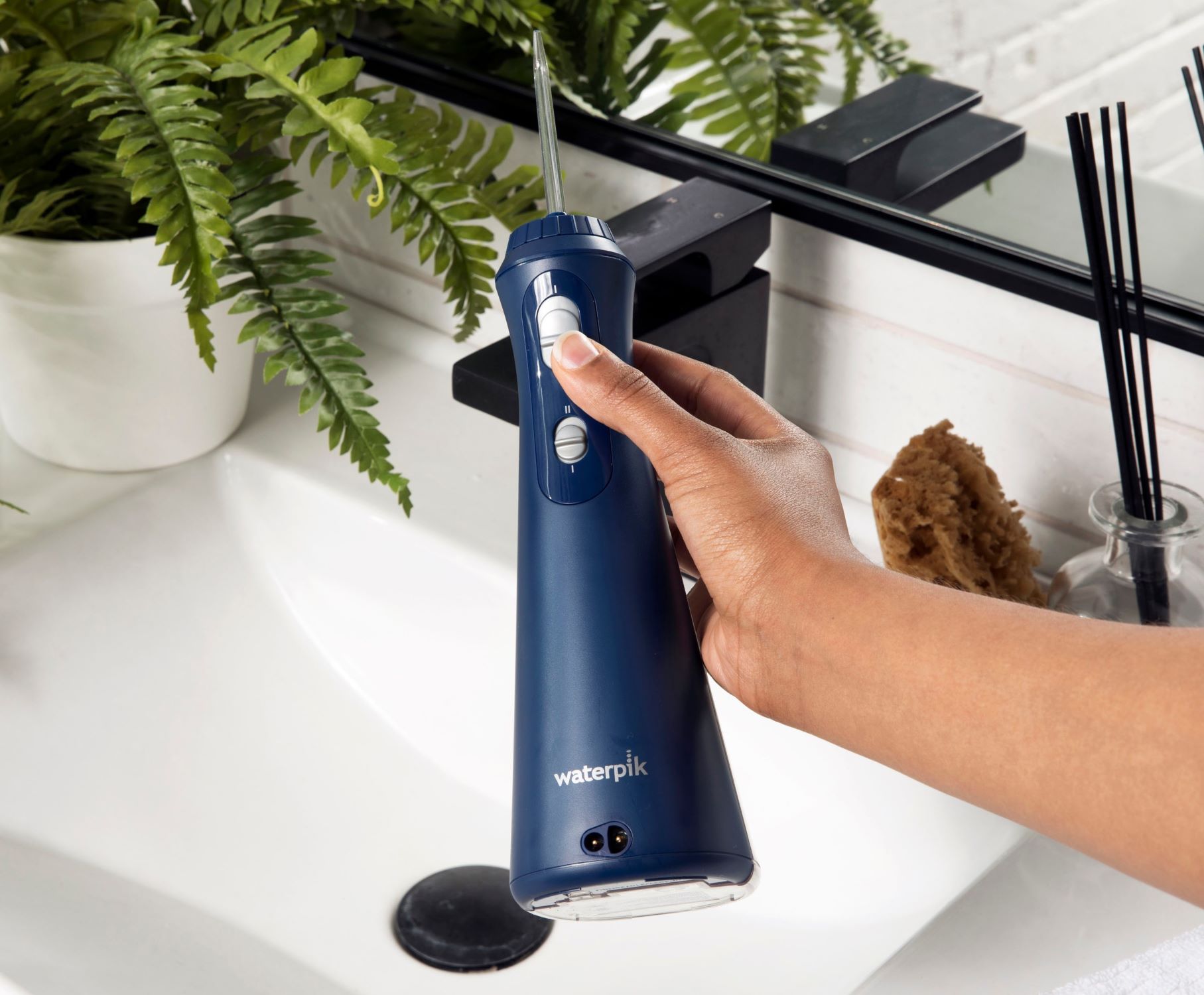
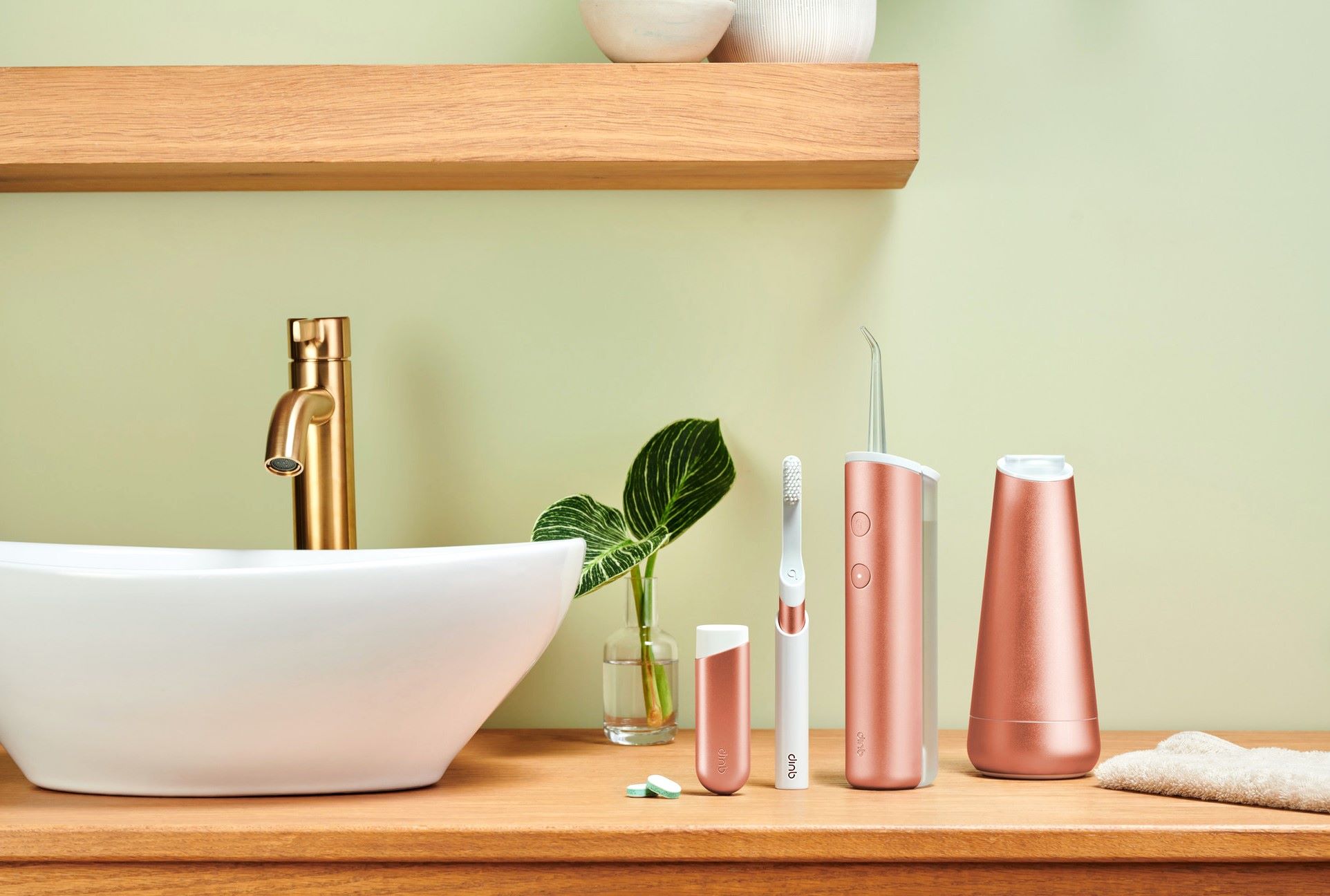
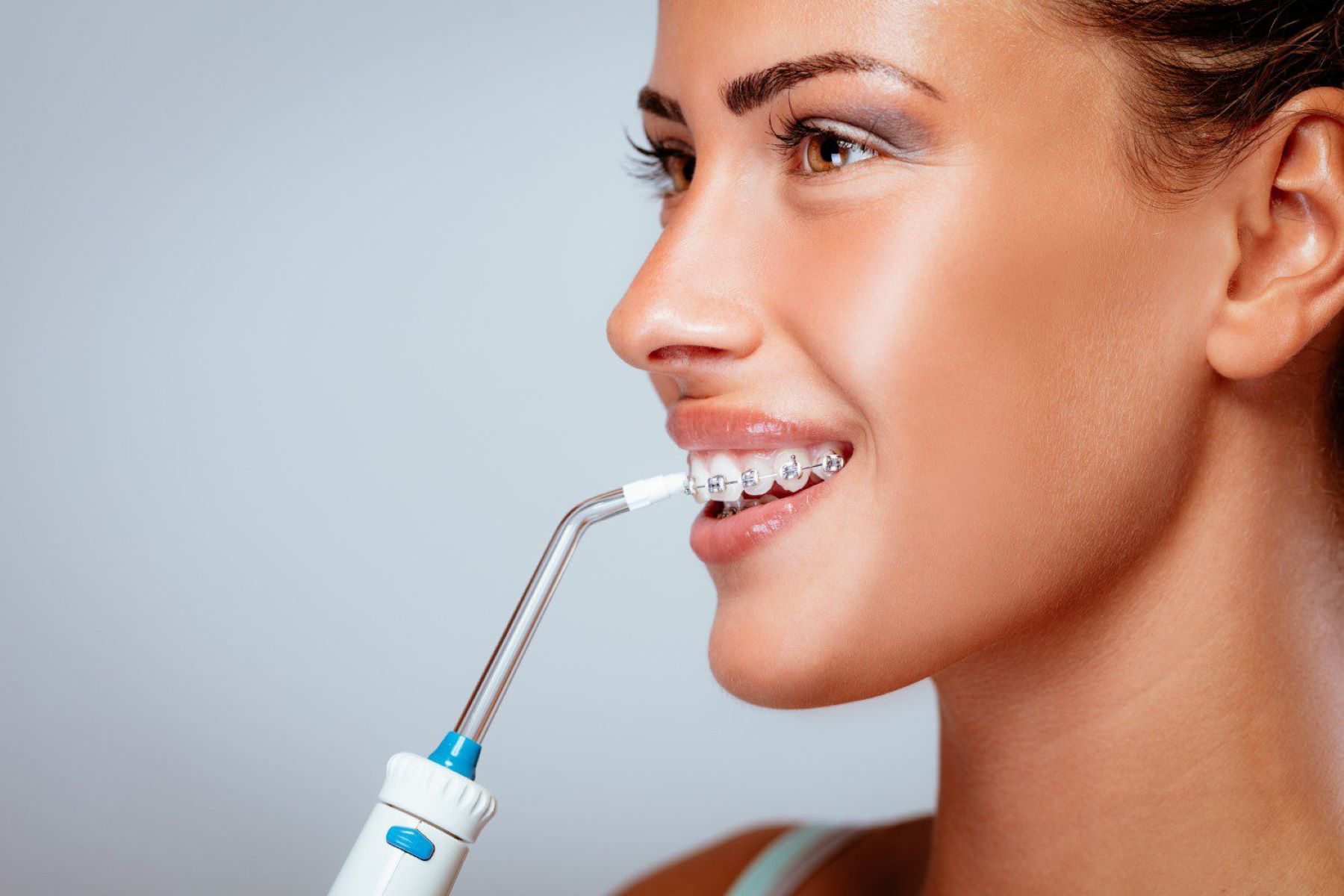
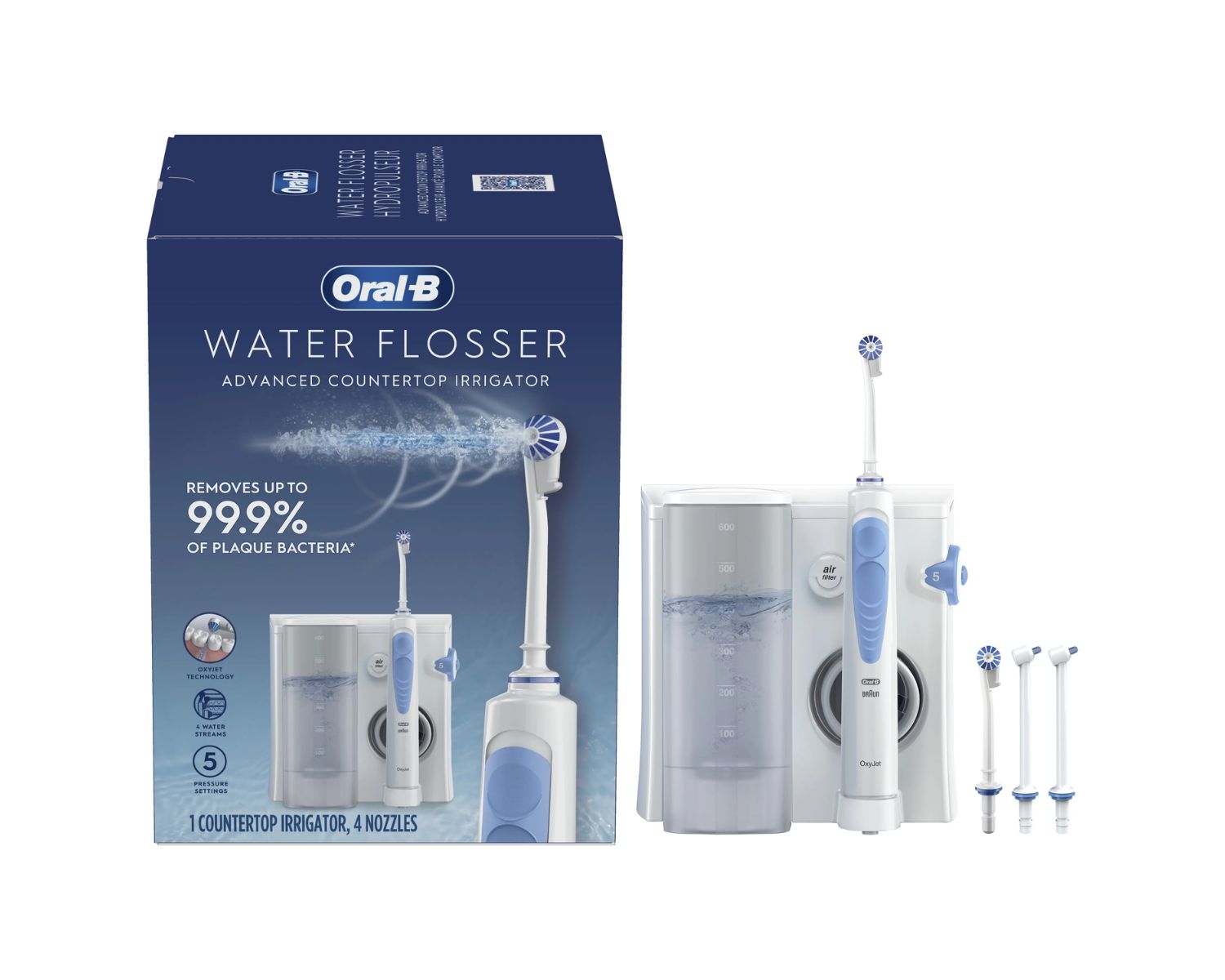


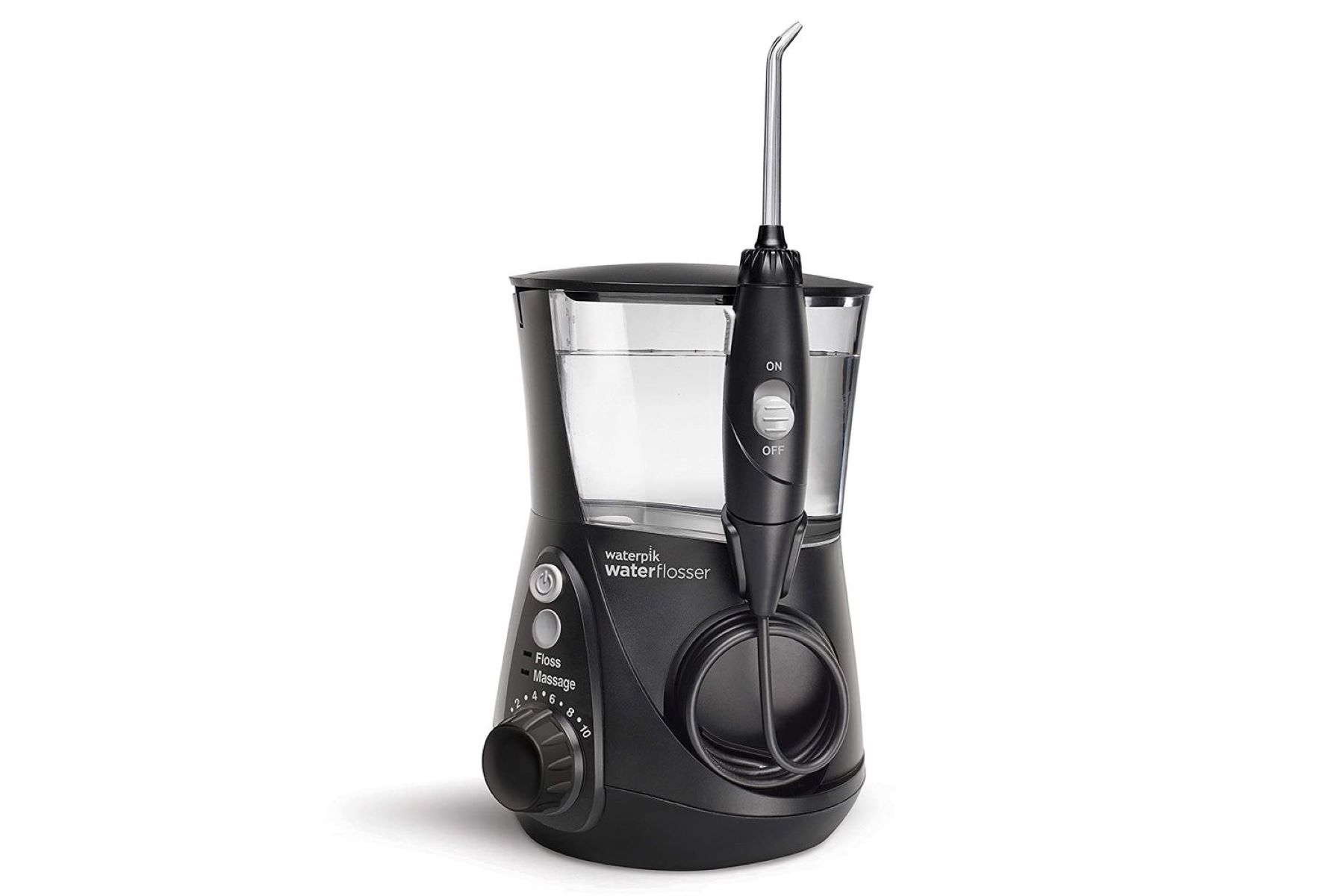
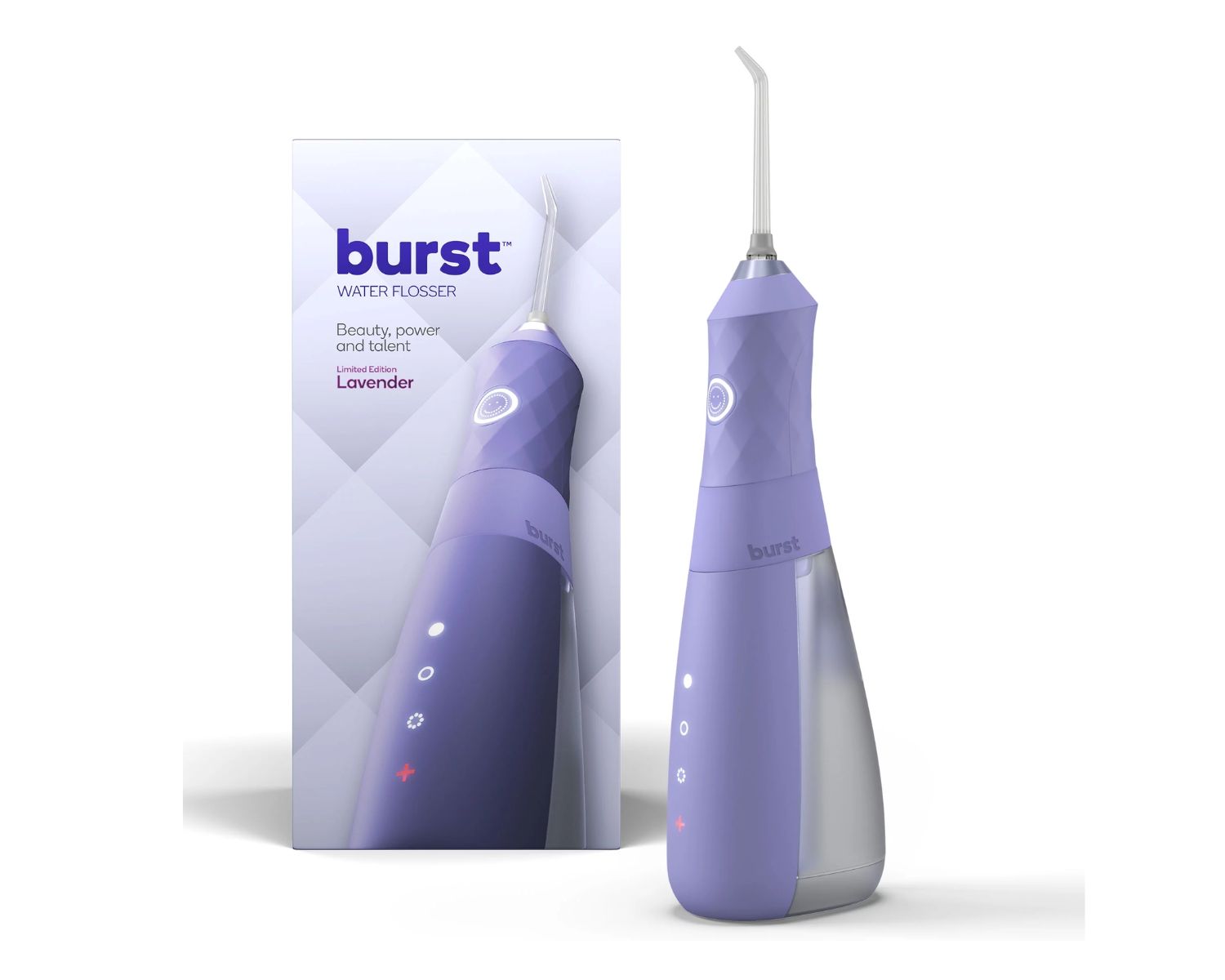
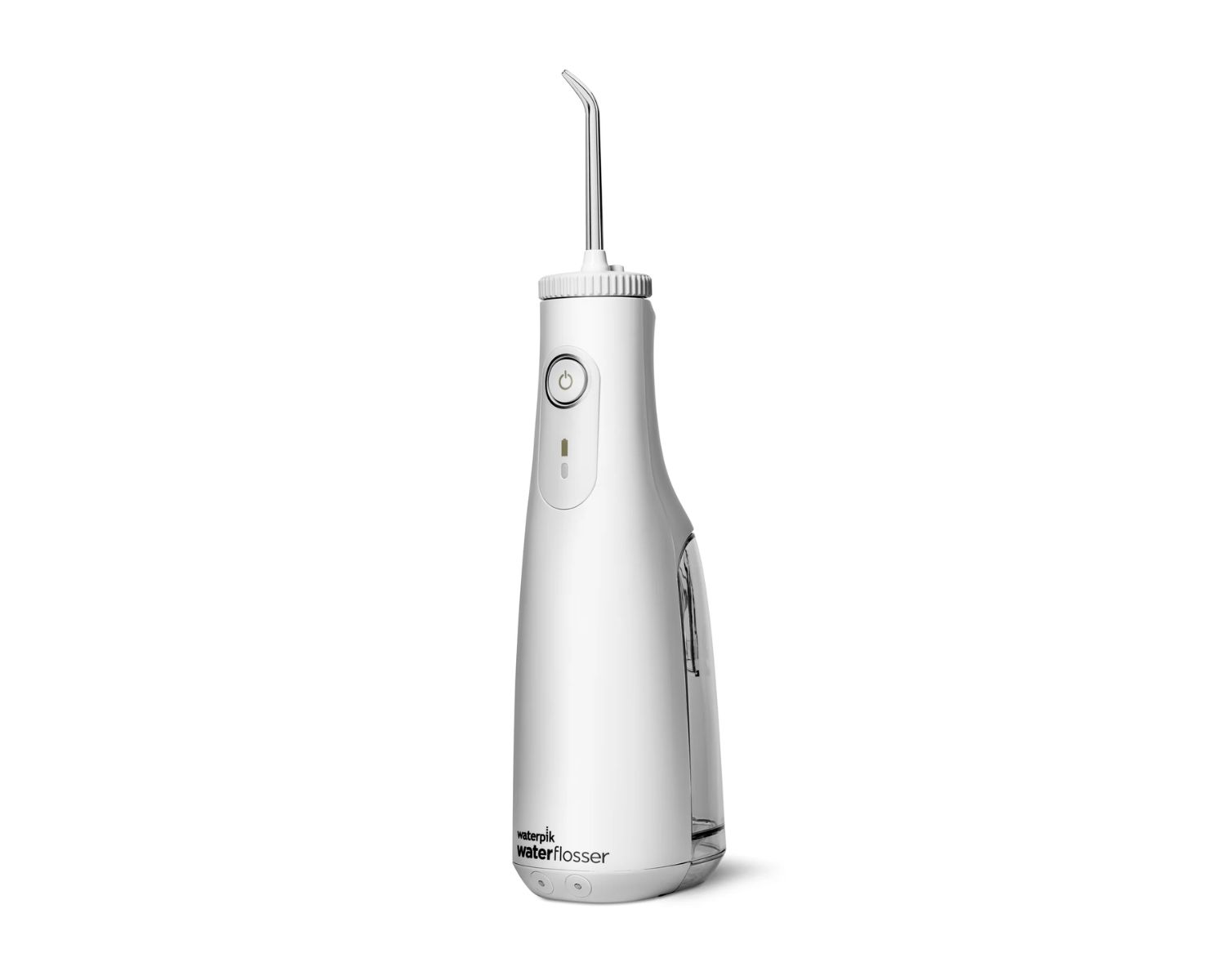
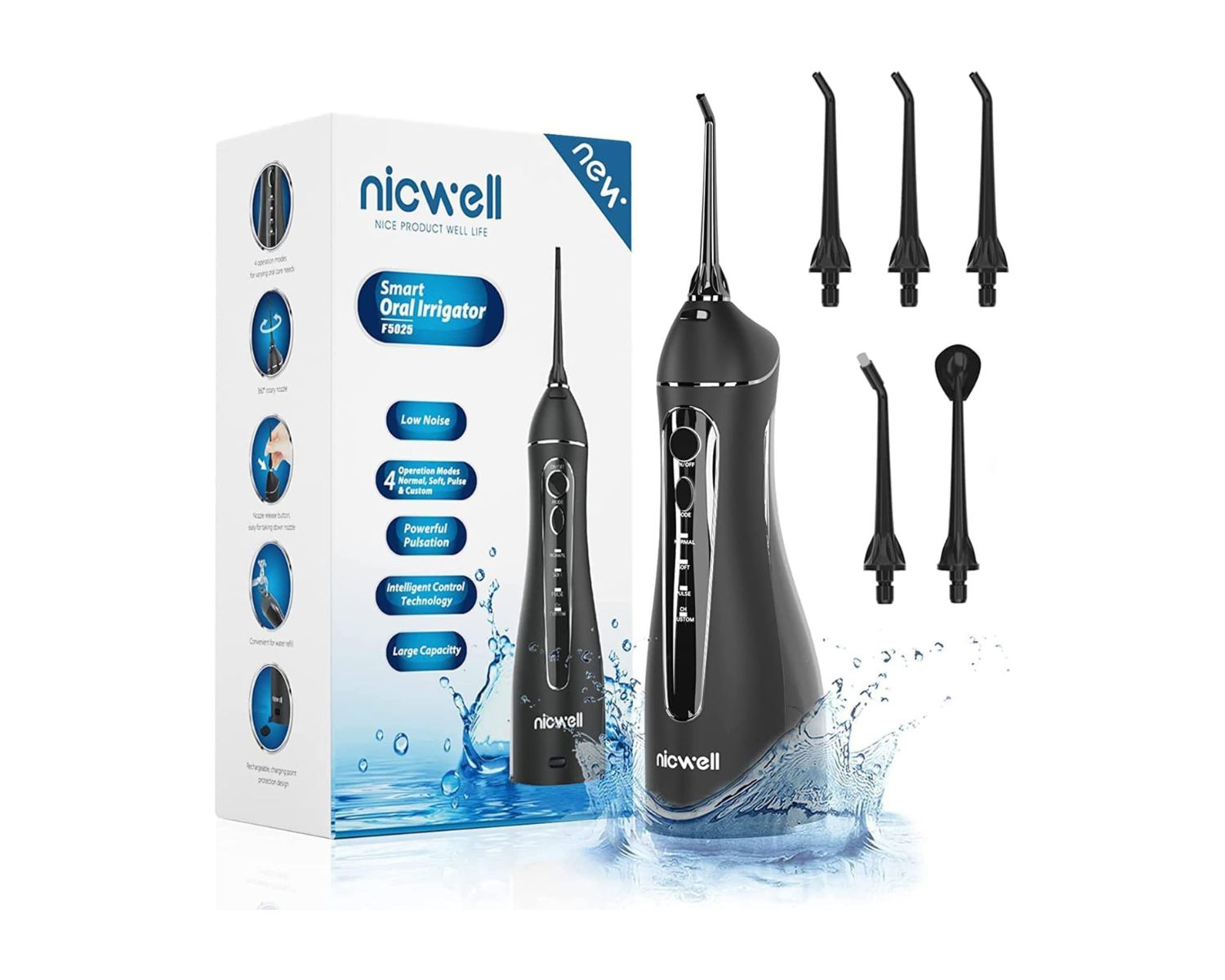
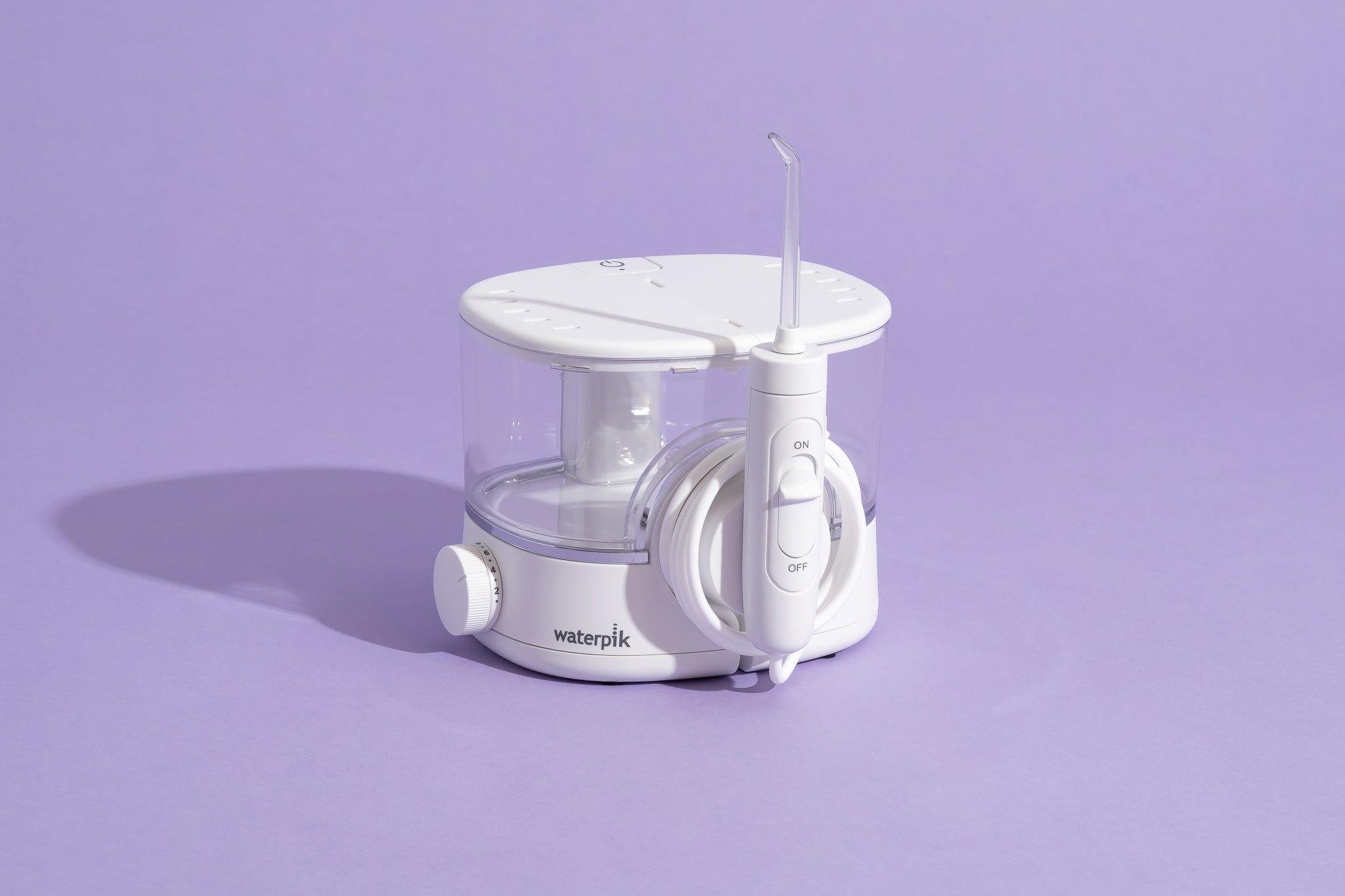
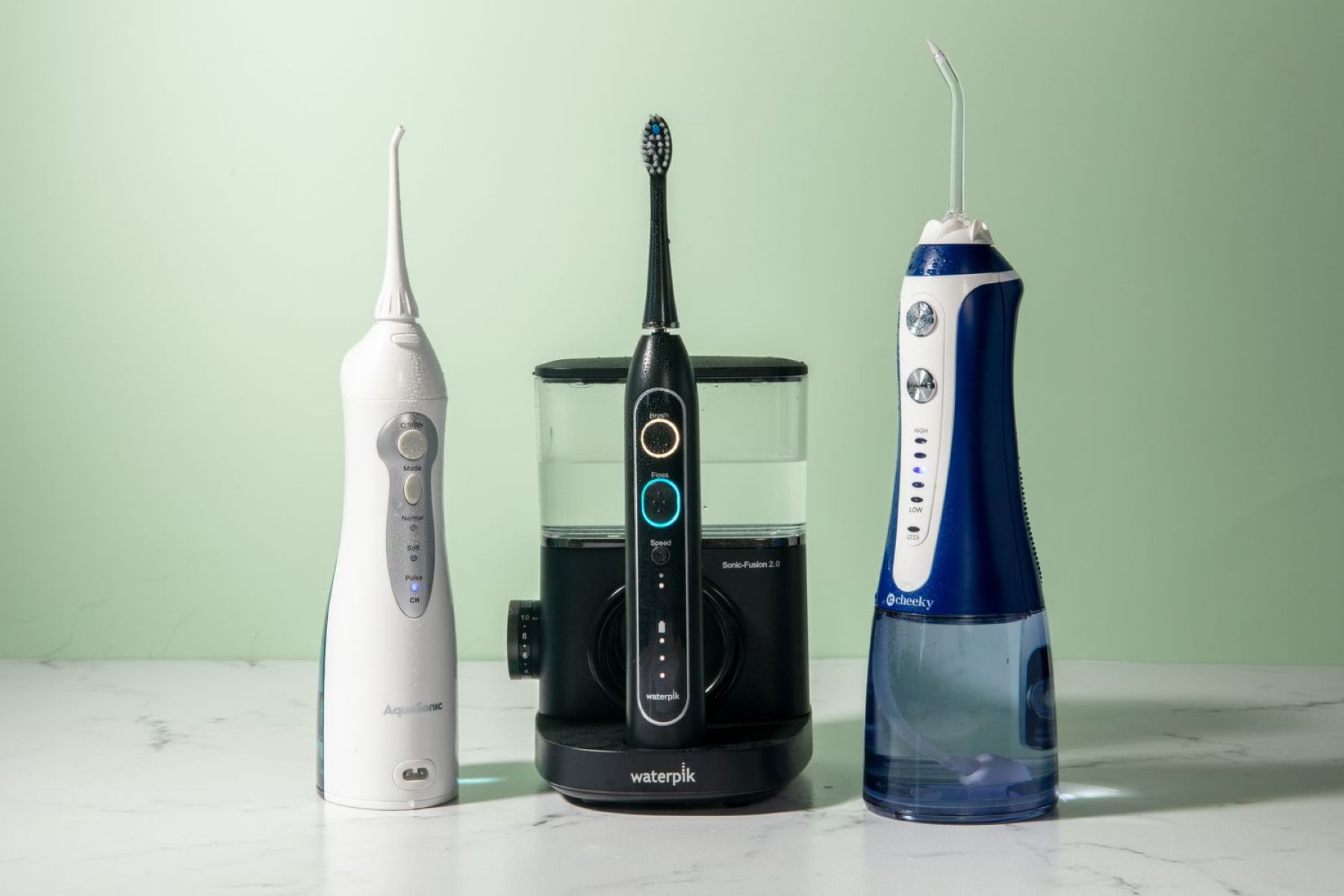
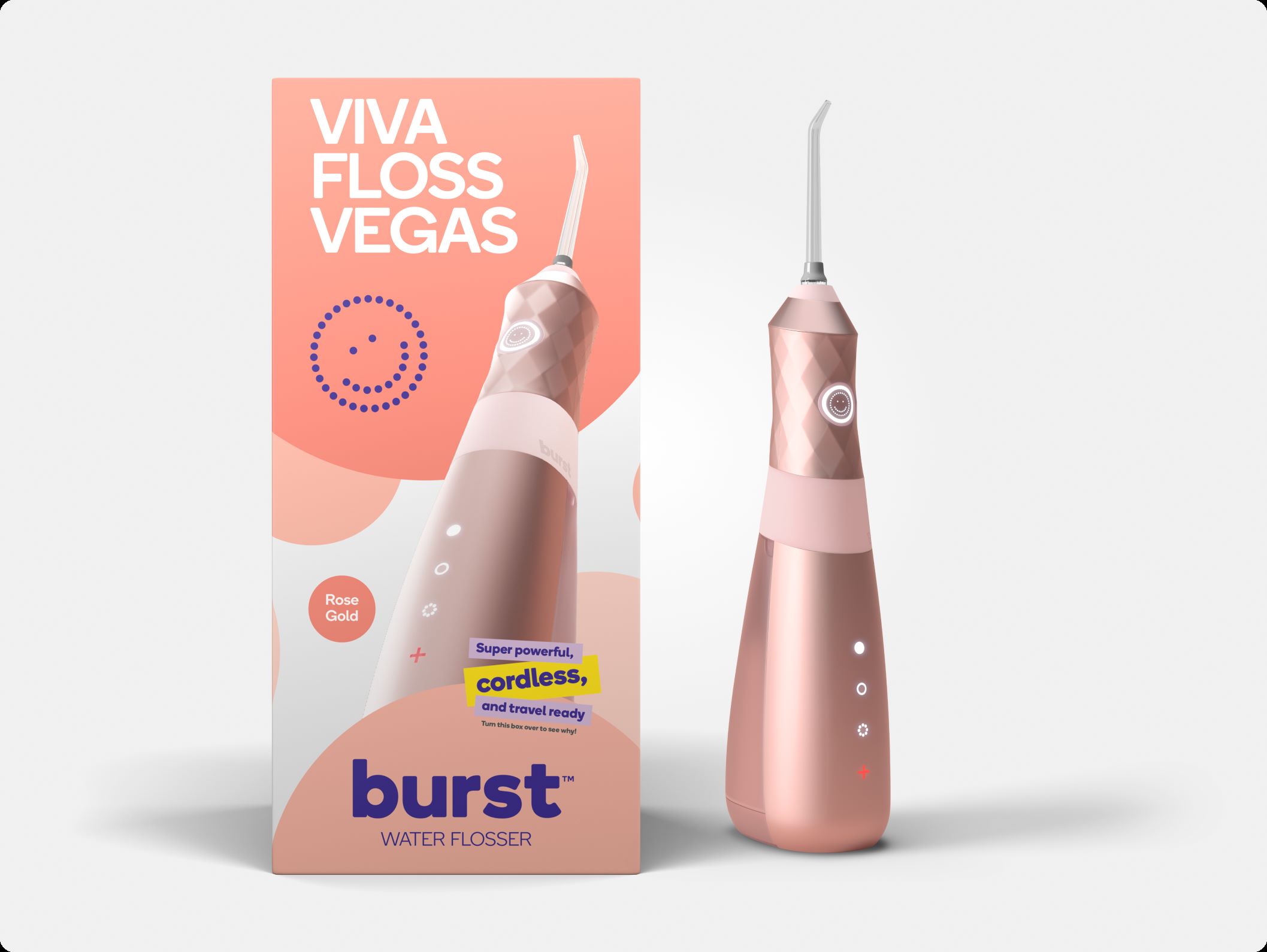
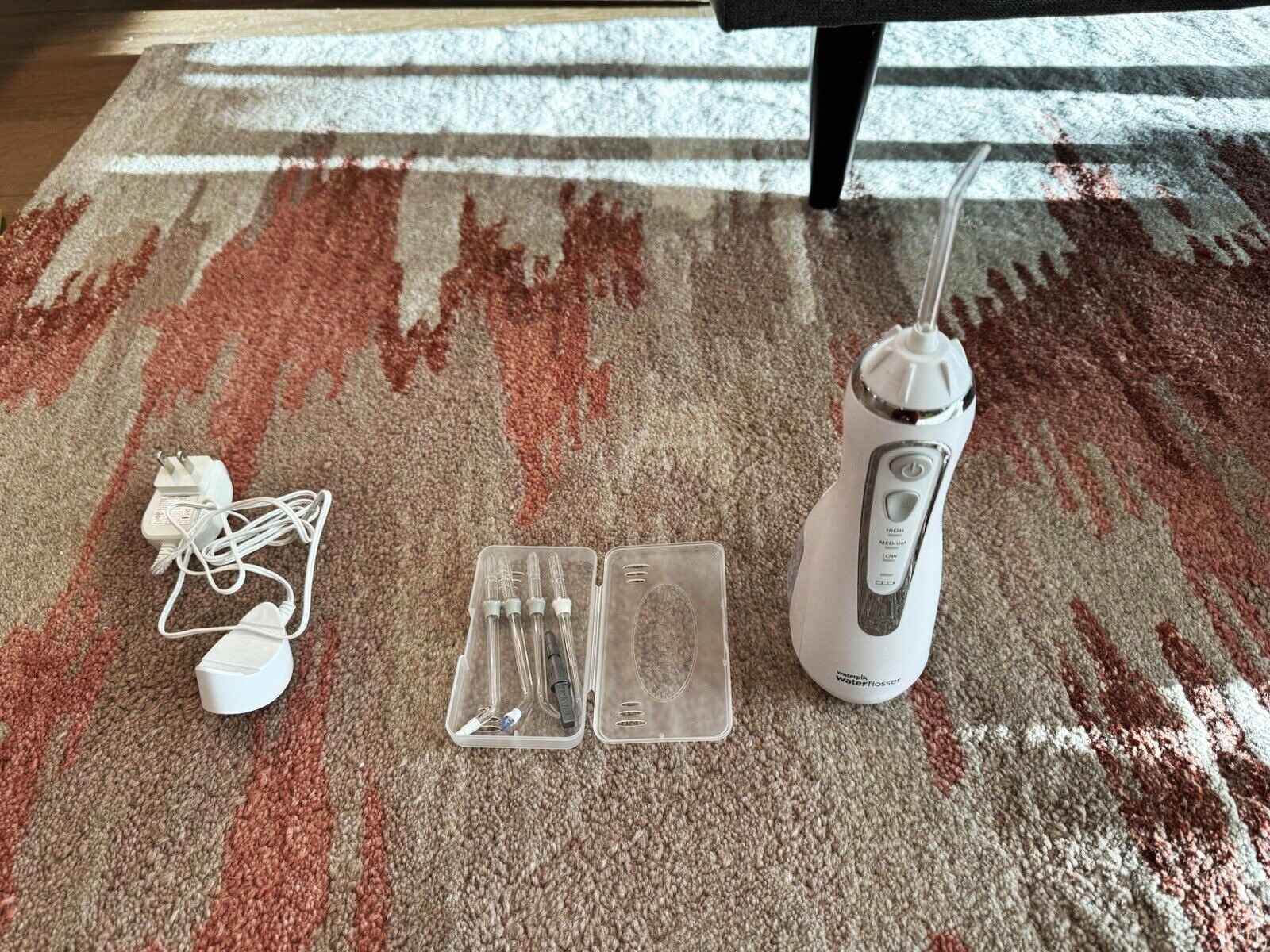
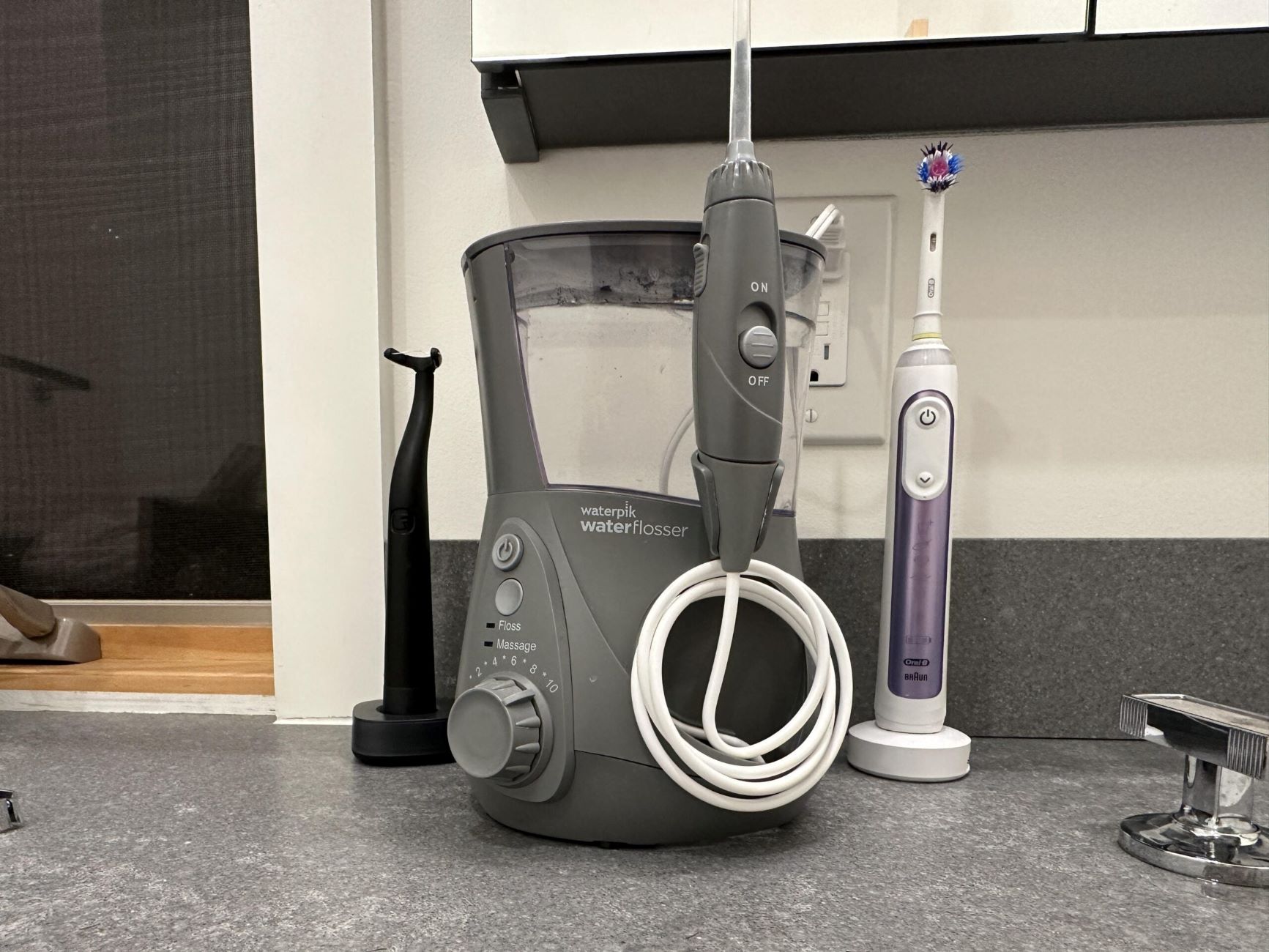

0 thoughts on “How To Use A Water Flosser With Braces”